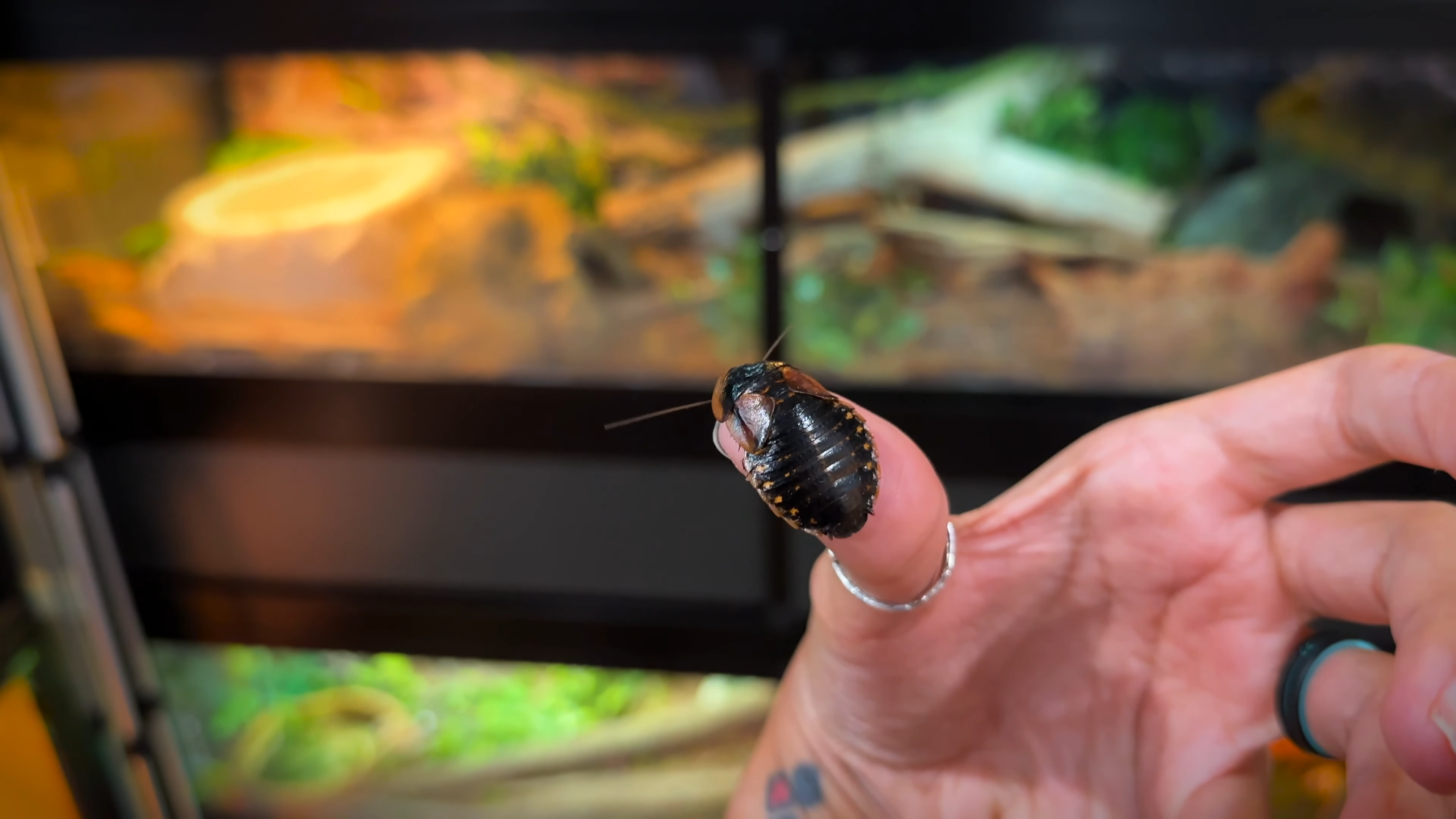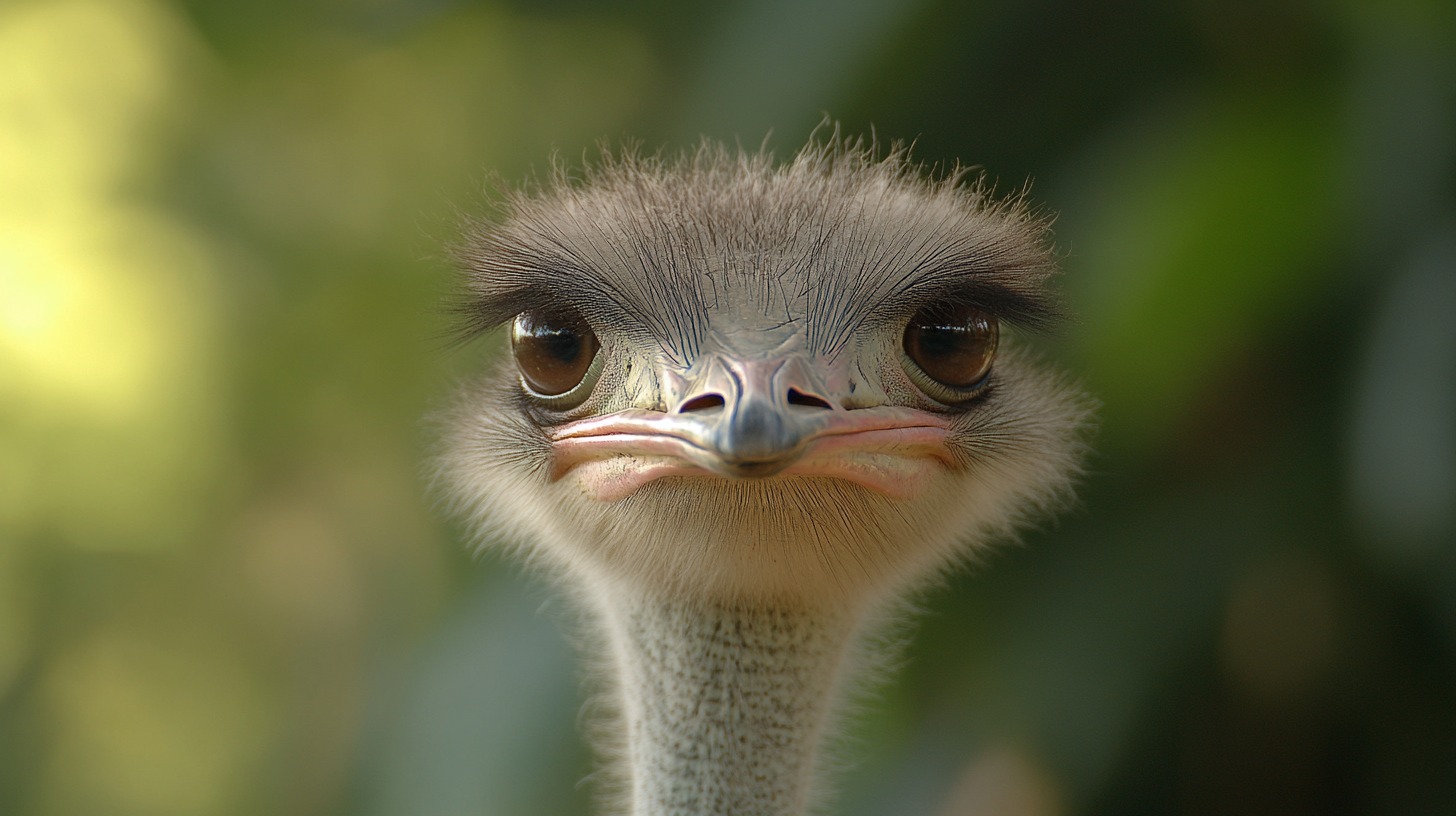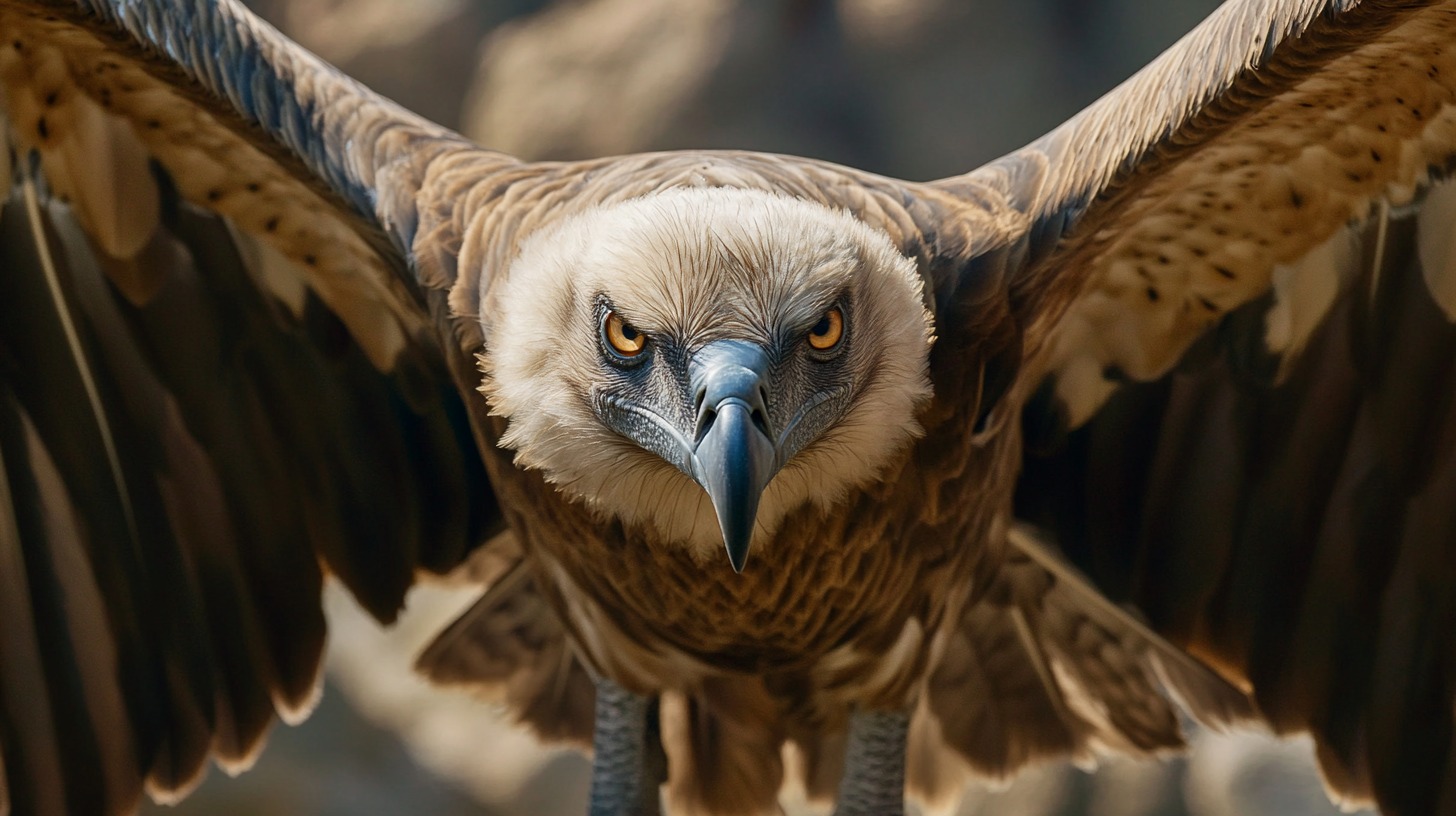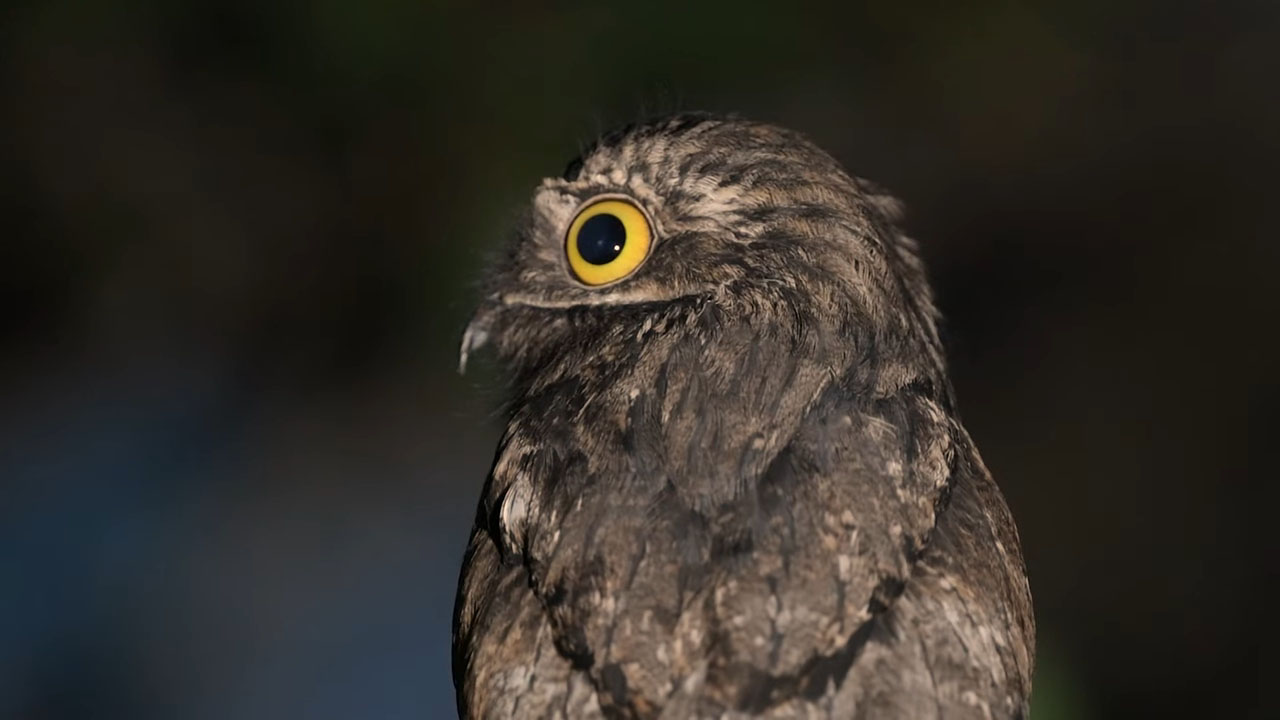
Share Post:
One of the most popular myths surrounding these birds is that they cannot fly.
Wild turkeys, often seen scurrying along the ground, may give the impression that they are flightless, but the truth is quite the opposite.
But let me tell you, they can.
Table of Contents
ToggleThe Biology
Wild turkeys, known scientifically as Meleagris gallopavo, are large birds, often weighing between 10 to 24 pounds.
Males, or toms, are typically larger than females, or hens, which can make a difference in how each flies.
Despite their weight, wild turkeys are well-adapted for quick bursts of flight.
Their large, muscular wings and strong breast muscles play a significant role in their ability to lift off the ground.
Wing and Feather Structure
Their wings are broad and powerful, allowing them to generate the lift needed for takeoff.
Unlike many migratory birds that rely on long, sustained flights, wild turkeys’ wings are designed for short, powerful flights to evade predators or reach roosting spots.
Their feathers are sturdy, providing both lift and control, while their tail feathers act as a stabilizer during flight.
Muscular Build
These muscles give them the strength to launch quickly and cover short distances at high speeds.
Their breast muscles are adapted for brief flights and can sustain bursts of activity, allowing them to reach speeds of up to 55 miles per hour (88 kilometers per hour) in flight for distances typically between 100 and 300 yards (91 to 274 meters).
Why Do They Fly?
Wild turkeys use flight for specific survival purposes rather than long-distance travel, as they lack the endurance of migratory birds.
Here are the primary reasons why wild turkeys take flight:
1. Escaping Predators
Wild turkeys are ground-dwelling birds and spend much of their time foraging in open fields or woodland areas.
This makes them vulnerable to ground predators, including coyotes, bobcats, foxes, and even domestic dogs.
Flight allows them to quickly escape threats and reach safety.
Typically, a turkey will take off in a short burst, flying up to 300 yards before finding cover in trees or dense vegetation.
This quick flight response is vital for their survival and demonstrates the importance of their flight capabilities.
2. Roosting in Trees
Unlike many ground-dwelling birds, wild turkeys prefer to sleep in trees, roosting at heights that keep them safe from nighttime predators.
At dusk, wild turkeys will use flight to reach their roosting branches, often choosing spots 20 to 30 feet (6 to 9 meters) above the ground.
Roosting in trees provides a clear view of the surrounding area, making it easier to detect approaching threats and stay safe while they sleep.
3. Navigating Difficult Terrain
While wild turkeys are strong walkers and can travel up to several miles per day on foot, they occasionally encounter terrain that requires them to fly.
Flight enables them to cross rivers, ravines, and other obstacles that they might not be able to navigate otherwise.
This adaptability allows wild turkeys to move efficiently through their habitat, even when faced with natural barriers.
Differences Between Wild and Domestic Turkeys
One of the main reasons for the myth about flightless turkeys stems from confusion between wild and domestic turkeys. Domestic turkeys, which are selectively bred for human consumption, differ from their wild counterparts in several ways:
- Size and Weight: Domestic turkeys are typically much larger than wild turkeys, with some weighing up to 30 or 40 pounds. This added weight restricts their ability to lift off the ground.
- Selective Breeding: Domestic turkeys have been selectively bred to produce more breast meat, resulting in a different body structure. This larger chest inhibits their flight muscles, making it nearly impossible for them to take flight.
- Lack of Survival Needs: Unlike wild turkeys, domestic turkeys are raised in environments without natural predators, meaning they have little need for flight as a survival tactic. As a result, their bodies have adapted to a more sedentary lifestyle.
Common Myths and Facts
Myth 1: Wild Turkeys Are Flightless
Fact: Wild turkeys are very much capable of flight. They use flight for survival, escaping predators, and roosting safely at night.
Myth 2: Turkeys Cannot Fly Because They Are Too Heavy
Fact: While domestic turkeys are often too heavy for flight due to selective breeding, wild turkeys have evolved with a body structure that allows for short bursts of flight. Their lighter weight, leaner bodies, and well-developed flight muscles make it possible for them to fly at impressive speeds.
Myth 3: Turkeys Can Fly Long Distances
Fact: Wild turkeys are not designed for long-distance flight. Instead, they are built for short, powerful flights of around 100 to 300 yards. They lack the endurance for prolonged flight seen in migratory birds.
Myth 4: Wild Turkeys Only Fly During Emergencies
Fact: While wild turkeys primarily fly to escape predators, they also fly regularly to reach roosting spots in trees. Roosting high off the ground is a daily behavior for wild turkeys, not just a reaction to threats.
Bottom Line
In summary, wild turkeys are indeed capable of flight, and this ability is essential to their lives in the wild.
Their flight capabilities are a unique adaptation that has evolved over time to meet their specific survival needs.
So, next time you spot a wild turkey, remember that these birds are more than capable of taking to the skies when needed, making them far more than the grounded creatures they are often assumed to be.












